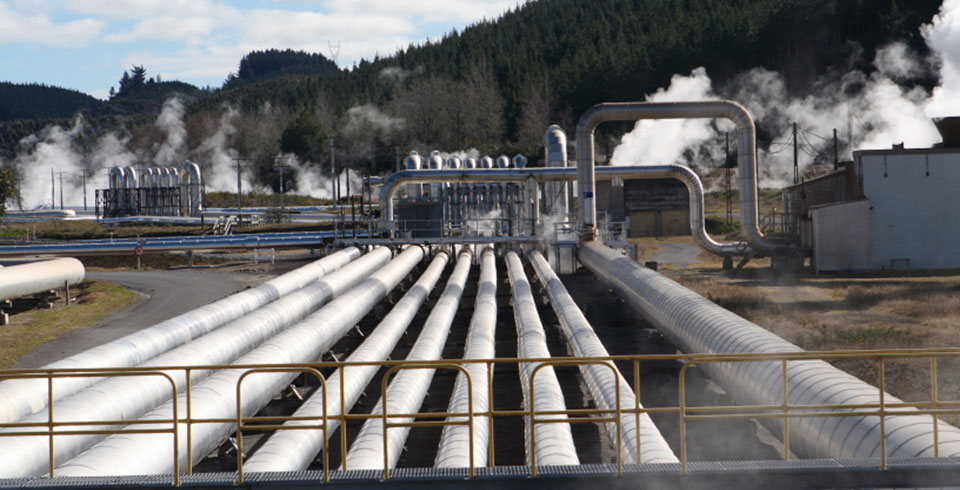
The Power Underneath
Since ancient times, people have recognized and harnessed the immense heat generated beneath the Earth’s crust, understanding the remarkable potential of this naturally occurring, geothermal energy. Early civilizations put this energy to various uses such as bathing, cooking, and heating, utilizing geothermal hot springs. The first modern use of geothermal energy for power generation happened in Italy in 1904, when Prince Piero Ginori Conti established the world’s first geothermal power plant. However, the birth of the modern geothermal district heating plant took place earlier in Boise, Idaho, in 1892. Despite these initial steps, the widespread acknowledgment and adoption of geothermal energy as a sustainable energy solution predominantly surged during the energy crises of the 1970s.
A Green Powerhouse
Geothermal energy is considered a vital contributor to the renewable energy mix due to its inherent environmental benefits. Unlike fossil fuels, geothermal energy does not produce greenhouse gases or contribute to global warming, and it provides a virtually inexhaustible supply of power. Since geothermal energy comes from the Earth’s crust, its energy runs consistently 24 hours a day while the power output is highly predictable and stable. The U.S. leads the world in geothermal power generation with more than 3.7 GW to the national grid while also housing the Geyser Geothermal Complex in San Francisco, California, which stands as the largest geothermal plant in the world with 18 power plants.
The Challenges in Harnessing Geothermal Energy
Despite its benefits, tapping geothermal energy presents several challenges. Foremost among them is its location-specific nature. Many regions do not have readily accessible geothermal resources and the existing geothermal resources are typically located far away from large residential or urban settings. This makes it nearly impossible to assist in energy saving for cities and towns. Secondly, drilling into the Earth to access the heat is an expensive undertaking. Residential geothermal power has high initial costs with installation being anywhere from 10k-20k where it will not pay for itself until 5-10 years down the line. There are also environmental considerations too, such as the potential for inducing seismic activity and the disposal of geothermal fluids which may contain low levels of toxic materials. Geothermal is infamous for causing earthquakes due to hydraulic fracturing.
Where Wires, Lugs, Fuses, and Cables Come Into Play
Understanding the interplay of components like copper wires, grounding lugs, fuses, and battery cables within the geothermal industry is crucial. Copper wires, known for their high conductivity and durability, play a vital role in transporting electricity from geothermal plants to homes and businesses. Grounding lugs ensure the safety of the power systems by providing a secure connection to the Earth, thus minimizing the risk of electrical shocks. Fuses act as safeguards, protecting the equipment from potential damage due to overload, while battery cables deliver the necessary power to start up and run various operations in a geothermal power plant.
Conclusion
Geothermal energy, a remarkable gift of nature, holds the promise of a sustainable and greener future. Even though the path to harnessing this vast resource is riddled with challenges, the rewards it promises in terms of a clean and nearly limitless energy supply make it a pursuit worth undertaking, or at least considering. By understanding and effectively leveraging components like copper wires, grounding lugs, fuses, and battery cables, we continue to optimize and enhance our geothermal capabilities. With the increased concern for the environment and the push for renewable energy, it is no wonder that geothermal energy is one of the top five renewable energy resources across the globe.

